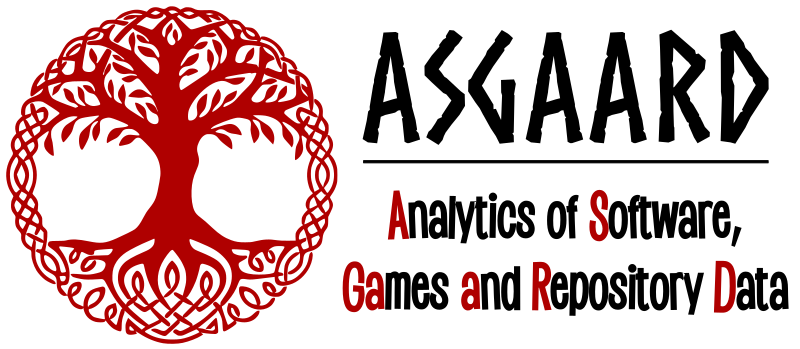Markos’ paper “Prioritizing Natural Language Test Cases Based on Highly-Used Game Features” was accepted for publication at the industry track of the Joint European Software Engineering Conference and Symposium on the Foundations of Software Engineering (ESEC/FSE) 2023! Super congrats Markos! This paper was a collaboration with Dale Paas from our industry partner Prodigy Education.
Abstract: “Software testing is still a manual activity in many industries, such as the gaming industry. But manually executing tests becomes impractical as the system grows and resources are restricted, mainly in a scenario with short release cycles. Test case prioritization is a commonly used technique to optimize the test execution. However, most prioritization approaches do not work for manual test cases as they require source code information or test execution history, which is often not available in a manual testing scenario. In this paper, we propose a prioritization approach for manual test cases written in natural language based on the tested application features (in particular, highly-used application features). Our approach consists of (1) identifying the tested features from natural language test cases (with zero-shot classification techniques) and (2) prioritizing
test cases based on the features that they test. We leveraged the NSGA-II genetic algorithm for the multi-objective optimization of
the test case ordering to maximize the coverage of highly-used features while minimizing the cumulative execution time. Our findings show that we can successfully identify the application features covered by test cases using an ensemble of pre-trained models with strong zero-shot capabilities (an F-score of 76.1%). Also, our prioritization approaches can find test case orderings that cover highly-used application features early in the test execution while keeping the time required to execute test cases short. QA engineers can use our approach to focus the test execution on test cases that cover features that are relevant to users.”
A preprint of the paper is available here.
